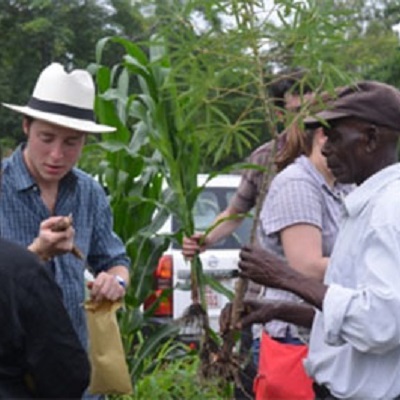Characterisation of iron bioavailability from African soils

We have recently found convincing evidence that soil dust contamination of food is an important (non-haem) dietary source of iron in several sub-Saharan African (SSA) countries.
In rural Malawi, composite diet analysis of two villages and calculated food composition data were compared against iron biomarkers. Measured iron intake was greater than calculated intake, and highly correlated with Al and Ti indicating extraneous soil contamination. Less than 15% of women in the study had storage iron depletion, despite negligible intakes of haem-iron (meat source). In Ethiopia, similar observations have been cited from comparison of a dietary survey and national food composition tables and regionally from food balance sheets.
The aim of this proposal is to improve estimation of iron intake by including both intrinsic plant (IP-Fe) and extraneous soil (ES-Fe) sources as co-contributors to dietary iron. This will require the development of methods for (i) quantification of ES-Fe & IP-Fe in food sources and (ii) determination of the relative bioaccessibility of both Fe sources.
For example, we shall employ Fe-57 isotopic labelling to distinguish between the two forms of Fe in test crops. Mineral/morphological characterisation of external foliar/grain dust particles will determine which soil particles are likely to be retained and contribute to ES-Fe (e.g. SEM-Dr Fields, Synchrotron-Dr Button).
The bioaccessibility of IP-Fe and ES-Fe will be assessed through a simulated gut method (BARGE-UBM) using correlation with Ti, Al and V to discriminate between the two forms. This approach will determine the main source of iron present at harvest and indicate whether processing (e.g. threshing grain) reduces or increases the ES-Fe contribution. To extend the study spatially we shall characterise the parameters which control the bioavailability of ES-Fe from different soil types (Malawi).
Eligibility: Applicants should hold or be predicted to attain a minimum of a UK honours degree at 2:1 level or equivalent in subjects such as Environmental / Soil / Crop Science or Chemistry. For further information, please contact Dr Michael Watts (mwatts@bgs.ac.uk) or visit www.bgs.ac.uk.
